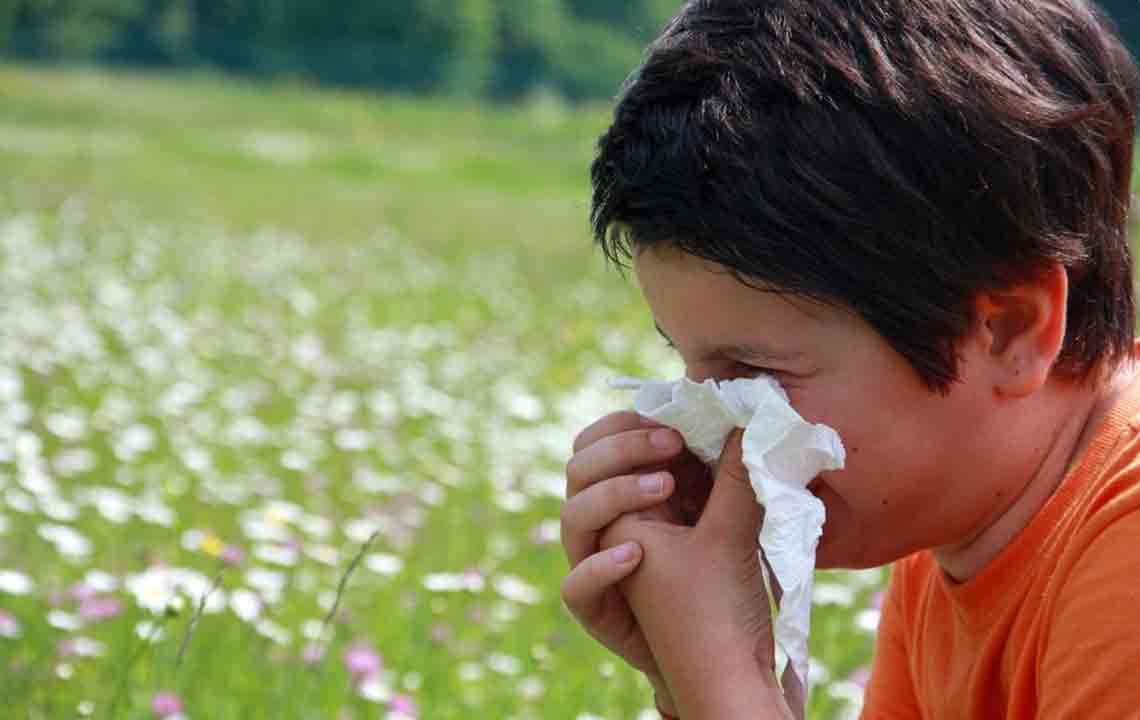Everything You Need to Know about Pollen Count
When the flowers bloom and birds begin to chirp you know that spring and warm weather is around the corner. Sadly, for millions of people spring is all about allergies like hay fever also known as seasonal rhinitis. Hay fever changes the life drastically due to a runny nose, itchy eyes, sinus infections, and trouble while sleeping, etc.
Nasal allergy during the springtime is normally caused due to tree pollen. Trees start pollinating during the late winter months and early spring months. This is the time when they pass on billions of tiny particles in the air. There are certain aspects that could worsen your allergy case.

Introduction To Pollen Count
Pollen count checks the quantity of a specific type of pollen grain in an air sample. It is measured in per cubic meter. To be specific, it is the number of pollen grains that land at a place in a specified time.
If a person is allergic to pollen, then even 15 to 20 grams per cubic meter of pollen count can make their life miserable. However, a pollen count of 50 and less is actually considered low.
The importance of pollen count
People who are allergic to pollen would understand the bouts of sneezing, runny nose, and watery eyes. It can be a real bother. This is the reason why knowing the pollen count is necessary to manage the symptoms of hay fever. People living in the United Kingdom are allergic to grass pollen. May to August is the season of grass pollen. Pollen count differs widely from one region to the other because of the change in weather.
The forecast Of Pollen Count
Samples of air are taken from around the country. The air traps which collect the sample are normally placed at a great height. This helps in trapping the pollen available in the vicinity. Pollen forecast is the prediction of the next day’s air pollen count. People suffering from hay fever usually refer to the pollen count forecast before chalking out their day’s plan.
Pollen Forecast And Pollen Count
Normally the pollen forecast is given up as low, high, moderate, or very high. People suffering from pollen allergy begin experiencing symptoms of allergy when the pollen forecast is moderate. When the pollen forecast is low, it means there are 30 or fewer pollen grains per cubic meter of air. When the forecast is moderate, it means there are 30 to 49 pollen grains per cubic meter of air. High forecast means the count is 50 to 149 and it can go up to more than 150.
There are places where pollen forecast is given in numbers. The number indicates the risk of allergy symptoms. Number 1 to 3 means that there is low risk. If the number ranges from 8 to 10, then there is a real high risk of catching hay fever easily.
Combating Pollen Allergy
If you want to combat pollen allergy caused by trees, then you will have to clinically test the tree for pollen grains. But the best way to prevent the allergy is to completely avoid spending time outdoors. Even if you do so, make sure you wear a mask and leave the house. Contact with pollen can easily be avoided if you stay indoors most of the time during pollen season. Also, cover your nose and regularly clean them to prevent the allergic reaction. Once you get indoors, ensure that you have a quick wash. You must keep a daily check on the pollen forecast for your region. There are over-the-counter medications and immunotherapy to help you ease off the allergy.
The pollen forecast and pollen count obviously cannot do anything to change the quantity of pollen in the air. However, learning about these does enable allergy patients to plan for difficult days. Pollen allergy is terrible disease, and hence, one should take precautionary measures if they are allergic to certain outdoor bacterias.

